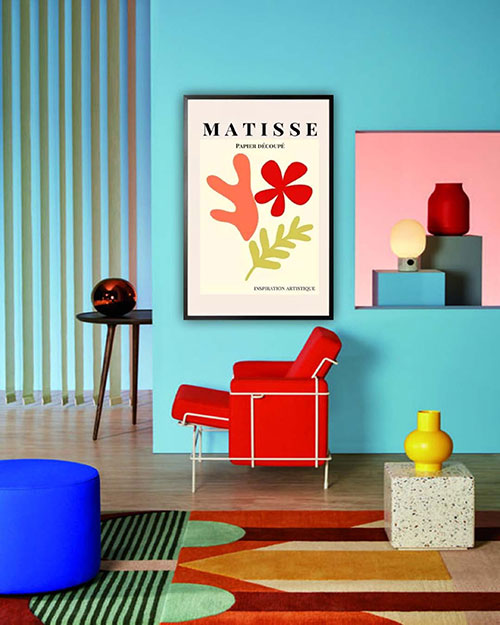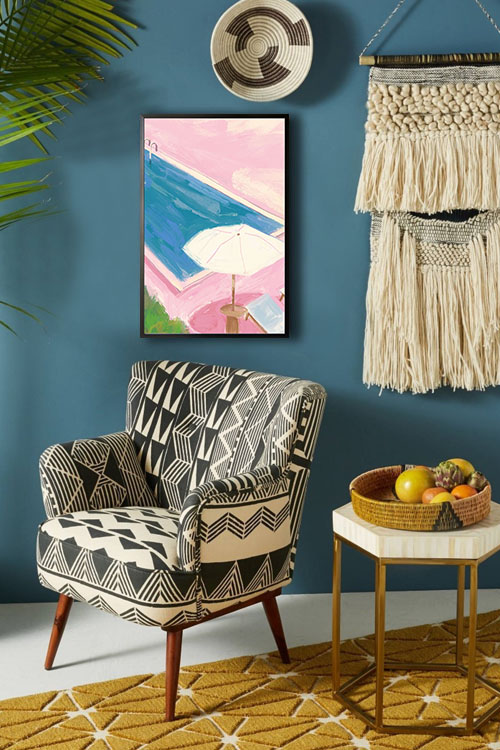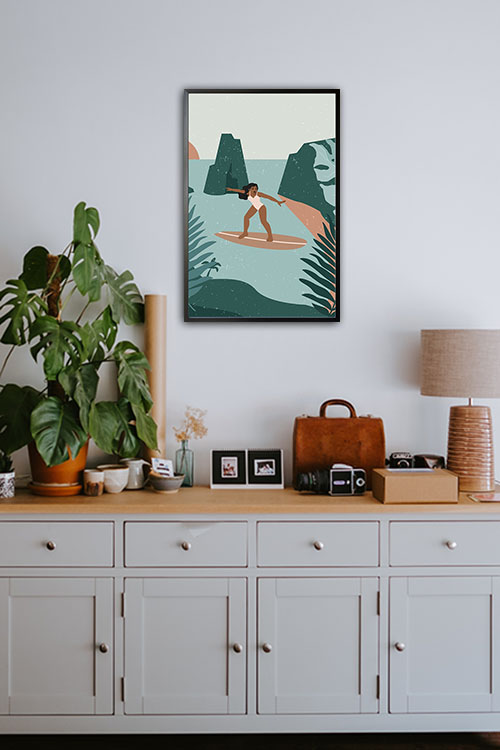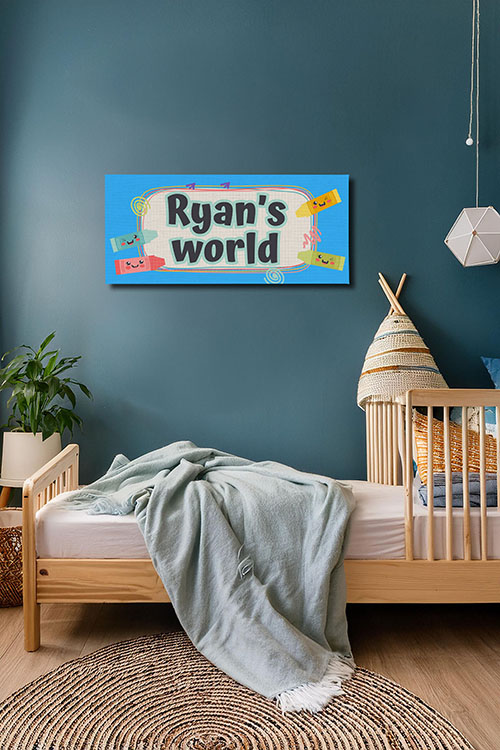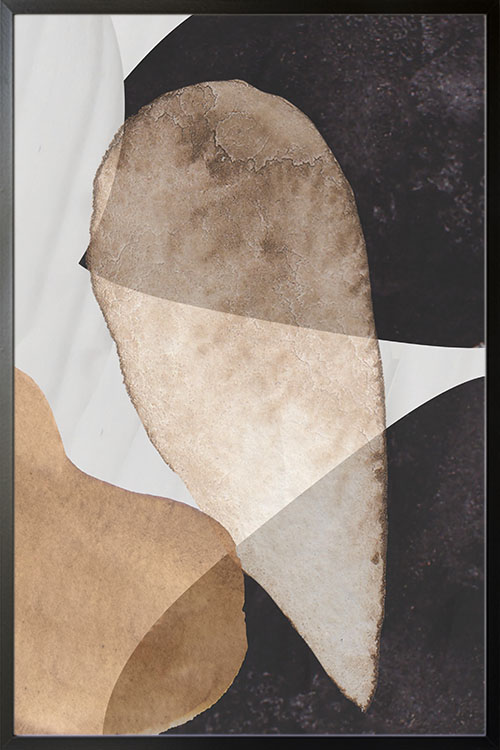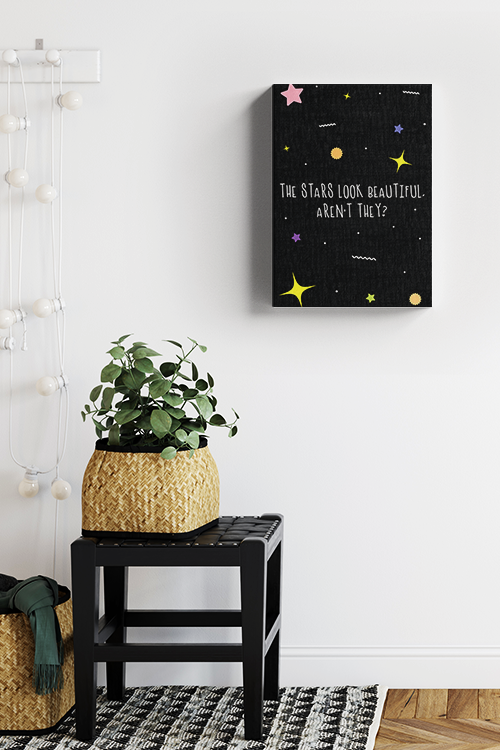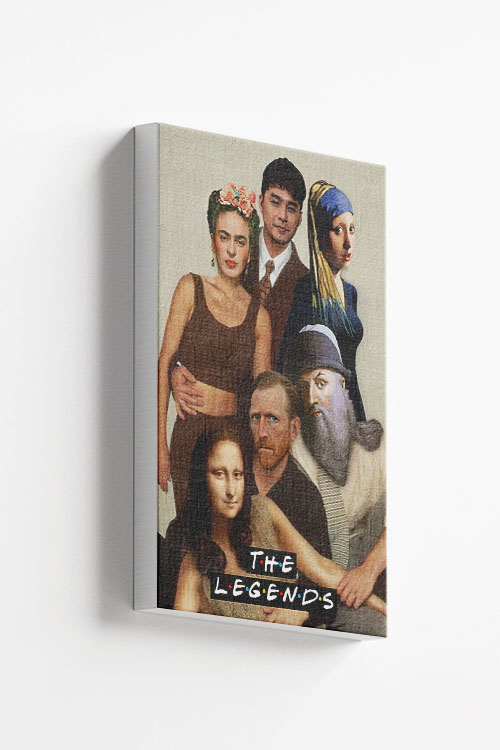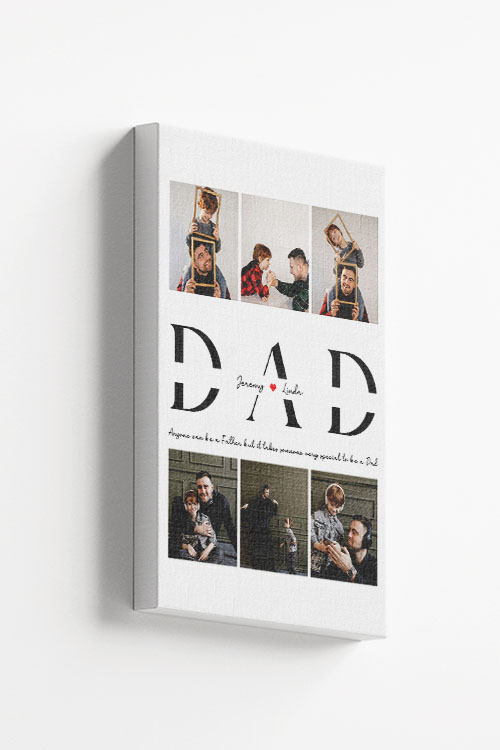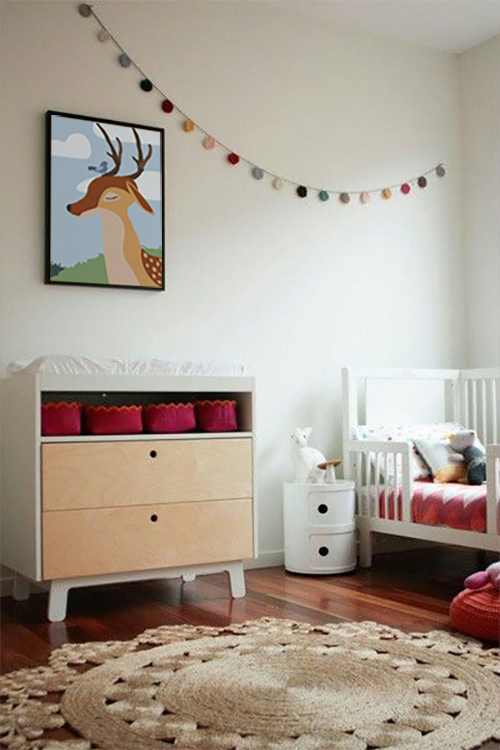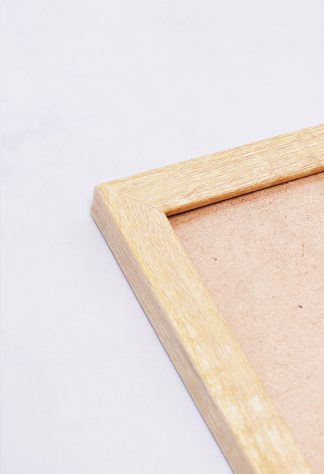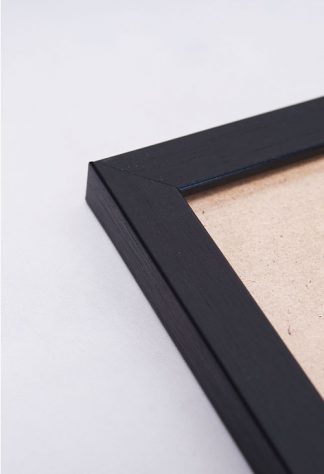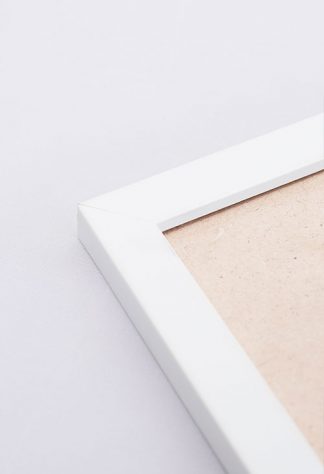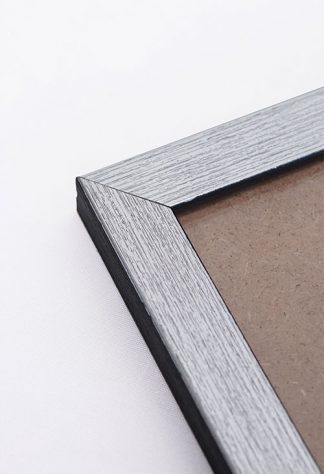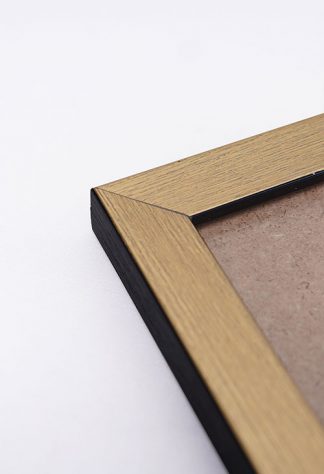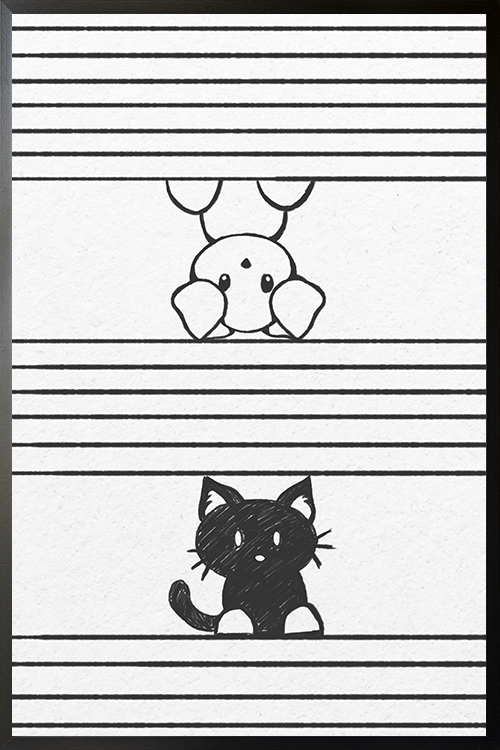
Having pets and maintaining your home may seem challenging, but it’s possible with the right approach. Here are some creative and innovative pet-friendly home decor ideas that blend beauty and practicality.
Durable Flooring Options
Dogs and cats can be harsh on floors, especially wood flooring. Scratch-resistant and easy-to-clean materials, such as vinyl, tiles, or laminate, are the right choices. These materials will add style to your space and are durable against claw scratches and other messes. If you love wood, get the more complex varieties like oak or bamboo and protect high-traffic areas with washable rugs.
Washable and Stain-Resistant Fabrics
Select materials that can withstand pet hair, dirt, and occasional accidents when choosing upholstery, curtains, or bedding. Microfiber and leather are popular choices because they are easy to clean and resistant to wear and tear. For a more comfortable appearance, get machine-washable slipcovers and throws, which can be easily removed and cleaned.
Stylish Pet Furniture
Never buy large and bulky pet beds and crates. Instead, choose fun furniture that blends with your interior decoration. There are many stylish and modern pet beds with hidden compartments for pets or end tables that double as litter box enclosures. These are practical and stylish solutions for your fur babies. You may also opt to get custom-built furniture and provide a designated space for your pets while beautifying the overall appearance of your home.
Pet-Safe Plants and Greenery
Indoor plants can create a comfortable and vibrant interior. However, they must also be safe for pets. Non-toxic options like spider plants, Boston ferns, and parlor palms are perfect for your interior and pets. Place the plants out of reach or use hanging planters to keep curious pets from digging in the soil or nibbling on leaves.
Scratch-Friendly Areas
Cats love to scratch, so it is wise to dedicate an area to this essential behavior. Add stylish scratching posts or wall-mounted scratch pads that complement your interior decoration. You can use sisal-covered furniture or a cat wall with climbing shelves and hideouts for a creative twist.
Pet-Proof Walls and Decor
Protect your walls from scratches and stains with washable, scuff-resistant paint. Consider adding decorative wall panels or clear guards where pets tend to scratch. Pet doors with sleek designs can also provide your pets access to the outdoors while blending with your home’s aesthetics.
Storage Solutions for Your Pet Essentials
Stylish storage solutions can help organize your pet’s toys, leashes, and grooming tools. Choose baskets, bins, or cabinets that match your home’s design style. These also help maintain a clutter-free vibe. Remember to label containers for easy access and ensure everything has its designated spot.
Cozy Nooks for Your Pets
Create a cozy space where your pet can relax. Whether a built-in nook under the stairs or a window perch with a view, these spots will keep your pets happy, comfortable, and occupied. Use soft, washable cushions or bedding to make the space inviting.
In a Nutshell
Integrating these pet-friendly home decor ideas can create a harmonious living environment catering to your needs and your pet’s comfort. Proper planning lets your home be stylish, functional, and welcoming for everyone.
